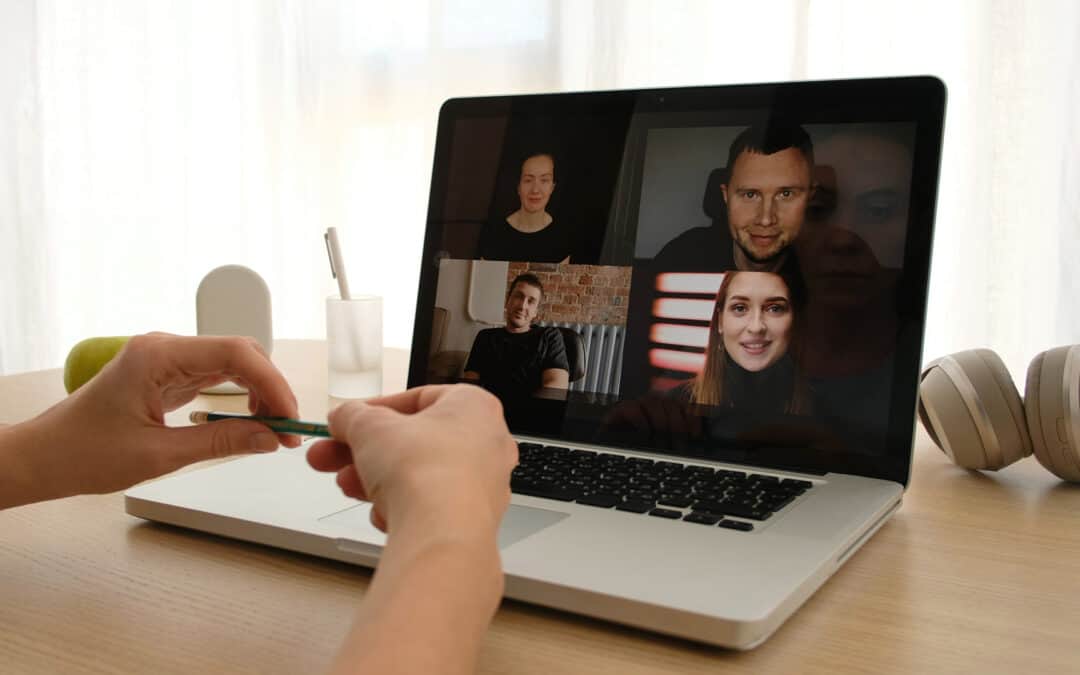Video conferencing and remote work have become the new normal. Zoom calls are all the rage nowadays, convenient video conference services that allow people to communicate online, with virtual meetings being held in living rooms or offices around the globe.
However, video conferencing security needs to be considered if video calls are to remain secure, as video conversation usually involves confidential data that can be compromised. To ensure call security, it is essential for remote workers to choose video conferencing tools that prioritize their privacy settings, such as password protection for video conversations and allowing only authenticated users to join these conversations.
Lastly, ensuring that antivirus programs and other detection systems are updated is another excellent way of ensuring remote work security.
Table of Contents
Zoom Troubles
Zoom calls, in particular, required extra attention because hackers had realized this platform is being used by millions worldwide. Zoom has fixed several vulnerabilities and continues to do so. After the massive transition to remote work, the following happened:
- Before Zoom 5.0, there was a vulnerability that let hackers join secure conference rooms. Once they were in, they disrupted meetings and exploited screen sharing, also called Zoom bombing.
- There were over 500,000 accounts on the dark web.
- Hackers used leaked Zoom passwords and breaches from other companies, called credential stuffing.
- Several companies and government agencies temporarily banned employee use of Zoom.
Use video conferencing platforms that offer robust encryption options to prevent anyone from listening in or taking control of a video call.
Ensure to enable multifactor authentication, create confidential meeting IDs if video conferencing with external parties, educate employees about basic video conferencing security protocols, and turn on the waiting room feature for all internal meetings so hosts can vet participants before granting access.
Essential Video Conferencing Call Security
For further information, here are the conferencing call security and etiquette best practices:
- Use randomly generated meeting IDs so they are different for every meeting.
- Password protect your meetings.
- Invite your participants and disallow guests.
- Use waiting rooms and allow meetings to start after the host joins.
- Disable participant screen sharing unless required.
- Disable filesharing in meetings and use approved cloud storage like DropBox, Google Drive, OneDrive, etc.
- Mute mics and webcams by default. Mute, ban, or remove disruptive participants.
- Mute your mic after you have finished speaking.
- Be mindful of your background or environment. Make sure your camera is pointed away from doors and walkways so children, unaware or inappropriately dressed spouses, and pets do not appear in view. Let people know you are conferencing. Be cautious about your art, books, posters, and props in view.
- Keep your video conferencing application for desktop and mobile up to date.
- Don’t add personal details to the account unless it’s necessary.
Video Conferencing Conclusion
With many of us relying on video conferencing for remote work these days, video call security should be top of mind. Video calls should always occur over secure connections, default passwords should never be used, and potential weaknesses should be monitored and managed.

